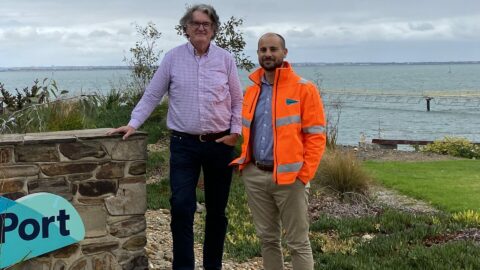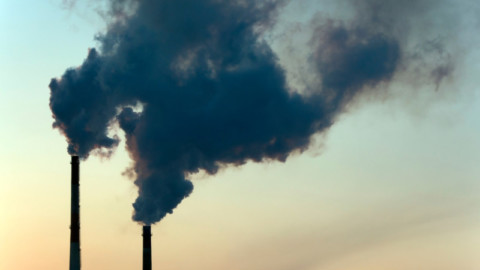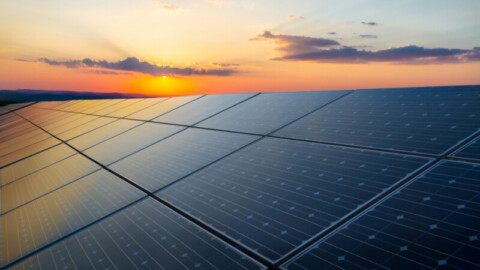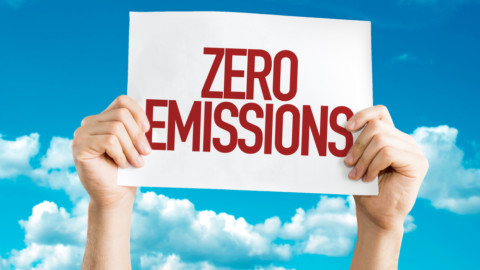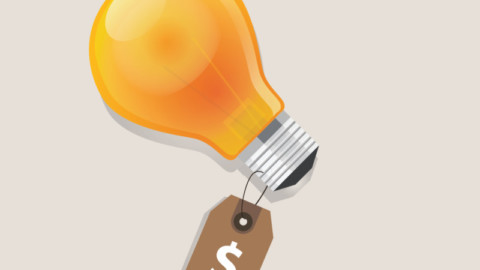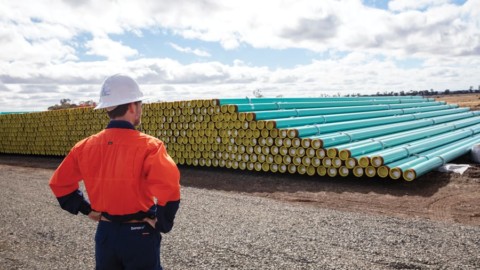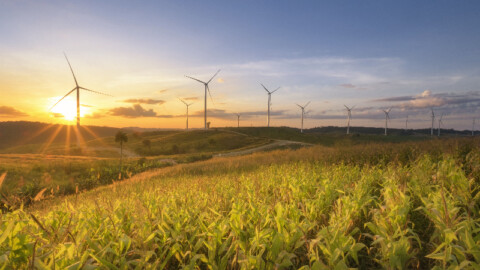By Tess Macallan, Journalist, Energy Magazine
Wind energy generation is a vital part of Australia’s electricity system and the second largest contributor to the clean energy transition. However, end-of-life wind turbines can have a significant environmental impact. A new report from the Clean Energy Council (CEC) explores the reuse, repurposing and recycling of wind turbines, highlighting how industry and governments must work collaboratively to develop circular solutions.
Although wind energy generation is generally regarded as environmentally friendly, it is not devoid of environmental impact. As the CEC’s report, Winding Up: Decommissioning, Recycling and Waste Management of Australian Wind Turbines, points out, wind turbines can leave a considerable amount of waste in their wake once they reach end-of-life.
The question of how to handle waste generated by wind generation has become increasingly pertinent in recent years, as many of Australia’s early wind farms approach retirement. There are currently 31 Australian wind farms over 15 years old, equating to a total of 599 wind turbines approaching the end of their design life1. A majority of older turbines are located in Western Australia, South Australia and Victoria.
As the adoption of clean energy technologies gains momentum, finding circular solutions for materials will support industries in mitigating the impacts of climate change and ensure businesses act in a socially responsible manner. Closing the loop on clean energy technology materials can also help alleviate pressure on supply chains. According to the Australian Energy Market Operator, twice the current amount of wind capacity will be required by 2030 to meet electricity demand.
Options for end-of-life
When a wind farm reaches the end of its design life, there are a few courses of action that can be taken. Operators can extend the lifetime of the asset, conduct a partial or full repowering, or decommission.
Decommissioning refers to a series of processes, including dismantling the wind turbine, removing it from site and rehabilitating the land, or in some cases, building a new wind farm on the same site.
Once a wind turbine is no longer needed, a key question is what happens to the old wind turbine parts. A wind turbine is predominantly made of recyclable metals such as steel, aluminium, copper and cast iron. The non-metal components include epoxies, oils and composite materials.
Roughly 85 to 94 per cent of a wind turbine (by mass) is recyclable and can be recycled in Australia2. This recovery rate is well above the national average for commercial and industrial streams in 2018-2019 (57 per cent)3 and exceeds the National Waste Policy Action Plan target of 80 per cent average resource recovery rate from all waste streams by 20304.
However, there is still potential for the wind industry to go further and avoid any disposal of waste. One significant opportunity for further reducing waste in the industry is establishing an end-of-life pathway for turbine blades, which are mainly made of fibreglass and carbon fibre (composite materials).
There are currently very limited commercial or feasible end-of-life options for composite materials. It is estimated that by 2034, a total of 15,000 tonnes of blade composite waste will have been created in Australia due to decommissioned wind farms, and up to 4,000 tonnes in any given year. Without a clear pathway for the management of composite waste, there is a risk that these blades will be disposed of into landfill.
Overview of solutions
The CEC’s report provides an overview of environmentally and socially responsible approaches and practices for the decommissioning of wind farms. It highlights existing pathways for decommissioned wind turbines and sheds light on areas requiring improvement in recycling capabilities.
The first option for turbines that have reached their end of design life but remain in good condition is lifetime extension. If turbines are serviced and maintained according to performance standards and any identified issues are resolved, the design life of many wind farms can be extended with minimal investment.
The second option is a partial repowering, which typically involves an upgrade of the nacelle, rotor and blades while retaining the existing tower. This is designed to generate more energy from the wind farm, improve its availability and extend the operational life.
There are several critical considerations when determining whether a wind farm is a strong candidate for partial repowering. This includes assessing the integrity and capacity of the existing wind turbine foundations and towers, and assessing the impact additional years of operating would have on the electrical equipment.
A full repowering refers to the retrofitting of power plants on existing sites with new or refurbished technology. This can include building taller, more efficient wind turbines to increase productivity while utilising existing grid connection infrastructure. A full repowering is similar to constructing a new wind farm.
Waste management opportunities
When a wind farm is decommissioned, owners must handle the components of a wind turbine. The CEC’s report utilises the waste hierarchy to explore a variety of options for wind turbine waste management. While a significant portion of wind turbines can be recycled, the greatest barrier to zero waste turbines are the blades.
These are made of epoxy and composite materials such as fibreglass or carbon fibre. Composite materials are currently difficult to recycle as the polymers used are ‘cross-linked’ in an irreversible process to obtain the desired material durability and strength while retaining a low weight.
The most common technology used to recycle blades is mechanical grinding, which utilises a grinding machine to process the composite materials into short fibres and ground matrix (powder). Although this method is cost-effective and less energyintensive than other technologies, the end product is less valuable than the original composite material.
The shredded material can be used as fillers or reinforcement in construction or manufacturing, such as panels for decking and construction, light poles, and possibly cement. Without a clear and secure end market, this process is yet to be considered as a sustainable recycling option.
However, there are some innovative solutions being explored. Among those solutions is a recently developed chemical technology that can be applied to blades that are currently in use. The new process can chemically break down epoxy resin into virgin-grade materials.
Renewable energy firm, Vestas, is now working to scale up the novel chemical disassembly process into a commercial solution. Once fully developed, the solution will signal the beginning of a circular economy for all existing, and future epoxy-based turbine blades, possibly providing the opportunity to produce new turbine blades made from reused materials.
Another solution is electro-mechanical. High-voltage pulse fragmentation is a pilot-scale process that uses electricity to separate fibres from the composite matrices. Recovered fibres are short, but cleaner and longer than those generated from the mechanical process.
Recycle, reusing and repurposing
The low volume of composite wind blade waste has made it difficult to develop a recycling business built purely off wind blade waste streams. However, wind turbine manufacturers are starting to develop new blades that can be recycled, as part of their commitment to zero waste turbines by 2040.
For example, Siemens Gamesa has created the RecyclableBlade, the world’s first recyclable offshore wind turbine blades ready for commercial use. The recyclable blades use new types of resin that can be separated from the other components of the blade (fibreglass, plastic, wood and metals) through a chemical process, allowing the materials to be reused for new applications.
Reusing turbines or turbine parts is also an effective way to support zero waste in the wind generation industry. Pre-owned turbines and parts can provide lower-cost systems for smaller projects and developing markets. One potential market for pre-owned wind turbines in Australia is the mining sector, which is turning to renewable energy behind-the-metre and for off-grid applications in order to decarbonise its operations.
Another option is repurposing, which involves using the original engineered structure and properties for a new, different purpose and involves less processing than recycling. Wind turbine blades can be repurposed for several, alternative functions. For example, in Europe, blades have been transformed into bus stops, playground equipment and public seats.
The Re-Wind Network, a research partnership comprising Irish and American universities, has developed a catalogue that presents designs and details of different structures and products made from repurposed wind turbine blades, including bridges, poles, sound barriers, roofs and farming equipment made from repurposed wind turbine blades.
While this repurposing avoids the need for using new materials to build those structures, the current options for blades are not easily scaled to commercial production and are not very sustainable. The main barriers to repurposing include:
- Perceived lower quality of used materials
- Unknown residual structural properties
- Lack of end markets for the materials
- Unfamiliarity with sourcing and using recycled products
- Unpredictable material availability
- Uncertainty as to whether repurposing is truly better environmentally
Challenges for energy recovery
Cement co-processing is one method for recycling wind turbine blades and other composite waste. This process is categorised as energy recovery as the polymer matrix is burned as fuel.
Using fibreglass blades as energy recovery reduces the carbon footprint of cement production by up to 16 per cent. Currently used by wind farms in Germany, the process is only available for fibreglass. While it is a scalable, simple and cost-effective solution, the process is very energy-intensive.
There are several other issues with this process. First and foremost is that recovery is low in the waste hierarchy. Other issues include the energy intensity required and the original structure of the blades is lost.
According to the CEC, instances of blades being disposed of via landfill in Australia have been minimal and mainly due to replacement of faulty or damaged blades from operating wind farms. However, as the number of wind farms requiring decommission increases, it becomes increasingly important to establish suitable recycling and recovery pathways for composite materials.
There are potential solutions, such as using recycled composite material for construction or manufacturing, but greater focus and action is required by both the public and private sectors.
The CEC report makes four key recommendations for the wind industry, government and other composite-using industries:
» Support research and development
» Establish pathways and set targets
» Support recycling supply chains
» Share knowledge
Whether it’s solar, wind or batteries, these critical clean energy technologies are composed of materials that wear down over time.
Moving forward sustainably must involve a consideration of what happens to materials at the end-of-life stage.
You can read the full Clean Energy Council Report, Winding Up: Decommissioning, Recycling and Waste Management of Australian Wind Turbines here.



